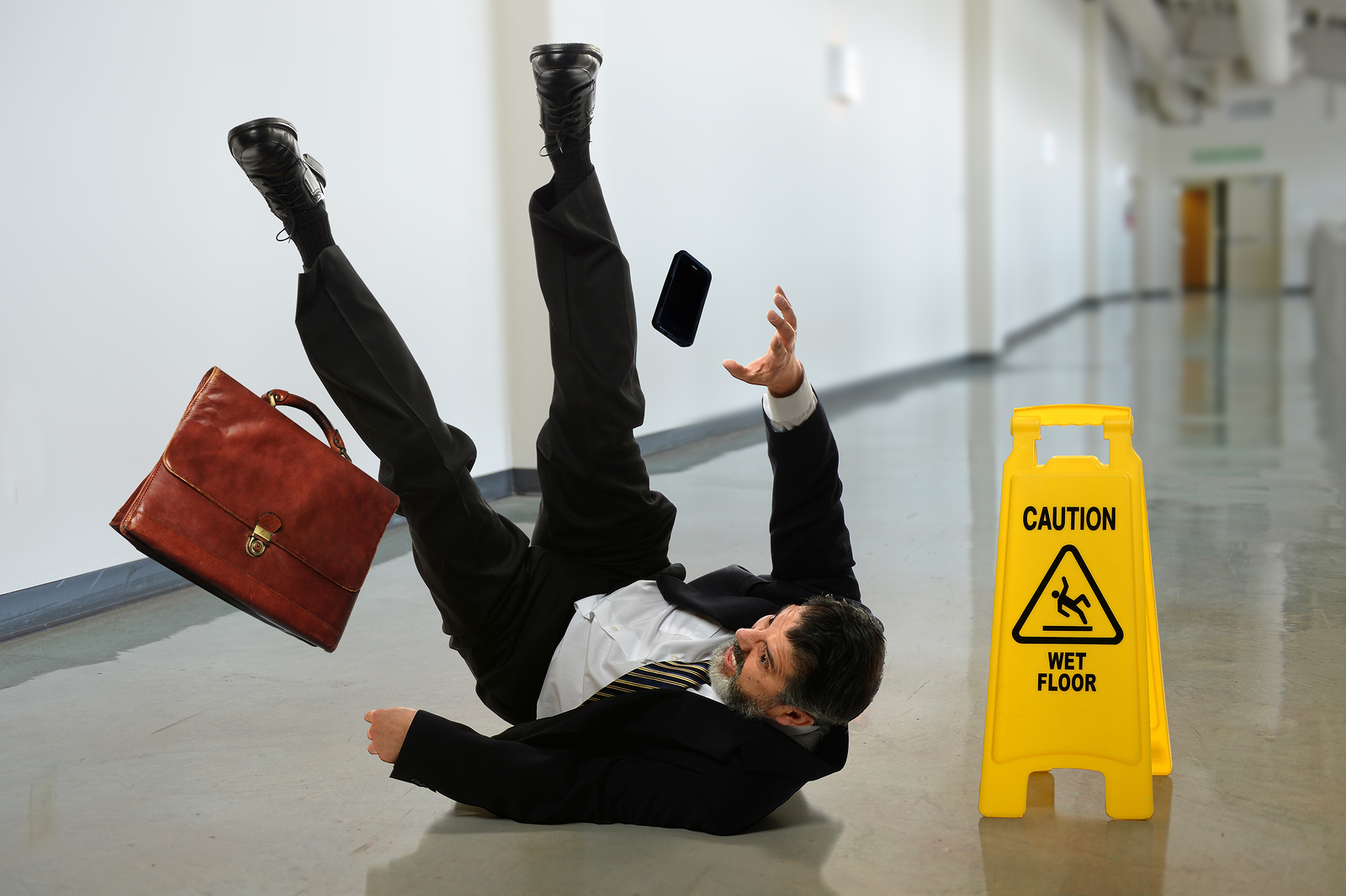If you have suffered injuries after slipping and falling at a restaurant or parking lot, you might be wondering whether it’s worth pursuing legal action. Do you actually have a legitimate case? Will it be easy to prove that the property owner is liable? These are important questions to ask, but you need to learn more about the legal process before you can make an informed decision.
What Constitutes a Slip and Fall Case?
In order to take your claim to court, it is important that you first understand what constitutes a slip and fall case according to Kentucky law. Basically, you must prove that the property owner’s negligence led to your injury. Examples of negligence are as follows:
- Allowing the presence of wet surfaces
- Not dealing with snow and ice in parking lots
- Leaving objects on the floor in aisles at stores
- Creating bad lighting which makes it difficult for individuals to see where they are walking
A slip and fall case also needs to prove the following:
- Duty of care: The owner had a duty to deal with this dangerous situation
- Breach of duty: The owner failed to carry out the above duty
- Causation: This breach of duty led to injuries
- Damages: These injuries have led to damages for the plaintiff
To determine whether your potential slip and fall case actually meets these requirements and can prove all of the factors above, it is best to consult with a legal professional.
The Burden of Proof
When considering whether it is worth pursuing a slip and fall case, you also need to consider something called the burden of proof. In Kentucky law, this is a concept that has been evolving over the years in the context of slip and fall cases. Previously, the burden of proof fell completely on the shoulders of the plaintiff. That is to say, the person who was injured needed to prove that the property owner was actually negligent. This all changed in 2003 when a woman named Brenda Lanier filed a slip and fall claim against Walmart. The problem was that Lanier could not prove how long the surface had been wet, and summary judgment was granted to Walmart. However, Lanier appealed and the court conceded that there was an undue burden placed on the plaintiff. How could she possibly prove how long the surface had been wet? The decision was reversed, and this development had a significant impact on future slip and fall cases in Kentucky.
Today, the burden of proof falls partly on the property owners and partly on the plaintiff. This means that although you still need to prove negligence on the property owner’s part, they also need to prove that they were not negligent. In other words, the burden of proof has been shifted in recent years.
So is a Slip and Fall Case Worth it?
The case of Lanier v. Wal-Mart Stores in 2003 means that plaintiffs now have a better chance of success with their slip and fall cases in Kentucky. That being said, it is always a good idea to consult with an attorney who has expert knowledge of this particular area. A consultation with experienced legal experts is really the best way to find out whether your slip and fall case is worth bringing to court, as each situation is different. Reach out to Roberts Law Office today, and we will help you figure out the best course of action.

